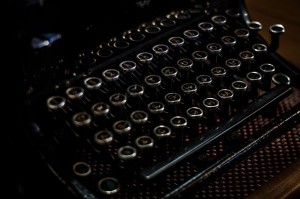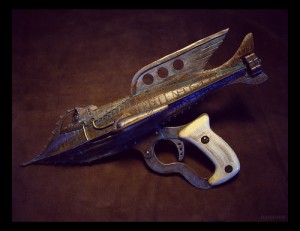In a literate society, most everybody can read and write. Inevitably, when word gets out that someone is an author, someone else will inquire about how to go about doing what an author does.
I have found three books that make for a great recommendation list for any aspiring author. Combined, these three will guide the would-be scribe all the way from idea to finished product to marketing on Amazon.
First, the aspiring writer should learn how to write. The classic for this pursuit is Stephen King’s On Writing. Part autobiography, part “how-to” manual, King walks the reader through everything a good writer needs to know. If a college kid asks about writing for a living, this is the first book I point them toward.
Next comes the question of publication. These days, a new writer can make far more money as an independent than trying to spend years finding an agent and getting a contract with a traditional New York publishing house.
But, being an indie author who actually makes some money beyond enough to buy a six pack of soda each month takes planning and work. Lots of work. The best “how-to” book I’ve come across for this line of work is Write. Publish. Repeat. The No-Luck-Required Guide to Self-Publishing Success by Platt, Truant, and Wright. These guys run the Self Publishing Podcast, among other things, and the book is full of practical information for indie authors. (Find current episodes on iTunes.)
Finally, a great book to fine tune your product is Chris Fox’s Write to Market: Deliver a Book that Sells. If you enjoy writing, and you want people to pay you money for what you write, then you have to write to market. You should approach novels with a plan, and Fox details what is needed for success.
There’s tons of other books out there to help people learn to write, write better, and sell what they’ve written. But these three are the essentials, in my opinion, to do well as an independent author.

